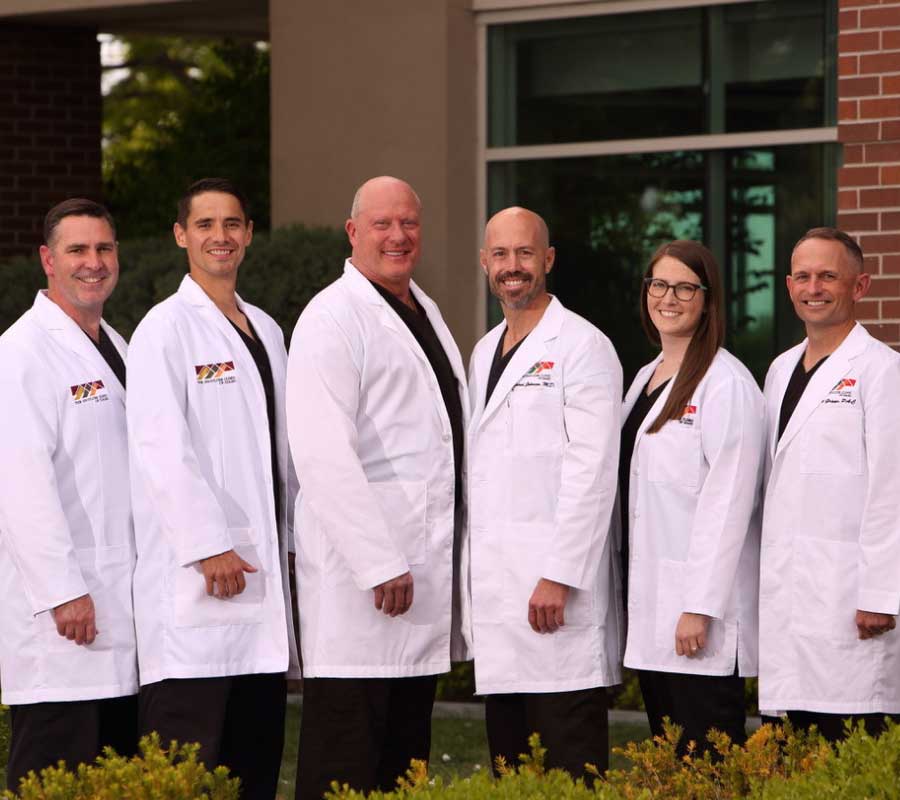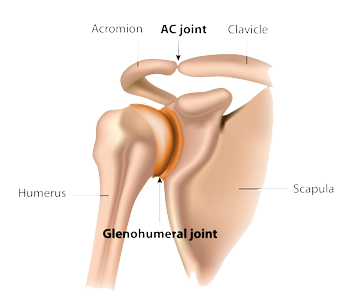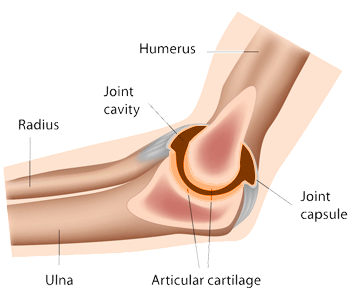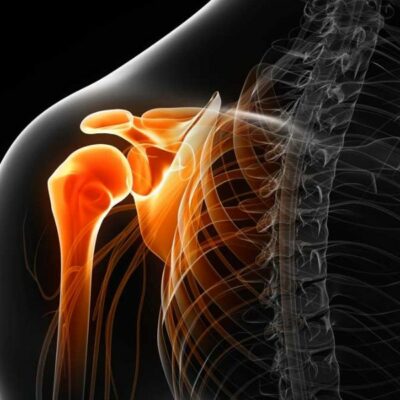Revision Rotator Cuff Repair Surgeons

Have you experienced a failed rotator cuff repair? If so, you may be a candidate for a revision rotator cuff repair. The revision rotator cuff repair surgeons at Shoulder Clinic of Idaho provide diagnosis and both surgical and nonsurgical treatment options for patients in the Boise area who have sustained a failed rotator cuff repair. Contact the Shoulder Clinic of Idaho team today!
What is Revision Rotator Cuff Repair?
The rotator cuff is a complex structure of muscles and tendons that surround the shoulder joint. The rotator cuff is responsible for centering the ball in the socket of the shoulder and providing strength and movement to the arm. The tendons of the rotator cuff can become damaged, or torn from its attachment site from a fall, sports injury, degeneration of the tendon, or from the natural aging process. When this occurs, surgery is typically needed to correct the damage, alleviate pain and to return the shoulder to its full function. Unfortunately, some rotator cuff repairs can fail, either due to a re-tear after surgery, or because the repair did not heal correctly. Factors such as tendon retraction, age of the tendon tear, and tendon quality affect the healing capacity of the tendon. In cases where the rotator cuff tendon does not heal or suffers a recurrent rotator cuff tendon tear, the orthopedic surgeons at The Shoulder Clinic of Idaho, serving patients in Boise, Meridian, Nampa, and the surrounding communities of the Treasure Valley, may recommend revision rotator cuff repair or superior capsular reconstruction.
The exact type of revision rotator cuff repair will vary, depending on the size of the recurrent tear, quality of remaining tendon and muscle, and the age and activity level of the patient. A superior capsular reconstruction, or even a joint replacement such as a reverse shoulder arthroplasty may be recommended for certain types of re-tears in some patients for better and more predictable patient outcome.
What is Superior Capsular Reconstruction?
The shoulder capsule is an important static stabilizer of the glenohumeral joint. The superior capsule is the upper part of the capsular lining of the shoulder joint. It is attached to the undersurface of the muscle-tendon units within the shoulder. Because the superior capsule attaches to a large area of the greater tuberosity, it is often torn when the rotator cuff is torn.
Superior capsular reconstruction (SCR) is a recently-developed surgical technique for treating massive, irreparable rotator cuff tears. The procedure uses a dermal allograft, or cadaver skin graft which is anchored, or attached between the upper end of the shoulder socket (glenoid) and the upper end of the arm bone (humeral head.) The shoulder surgeons at The Shoulder Clinic of Idaho use this type of graft to recreate the upper capsule of the shoulder, which has been lost due to long-standing rotator cuff tears. The superior capsular reconstruction helps restore mechanical balance to the shoulder joint. This arthroscopic procedure allows the remaining parts of the rotator cuff tendons to continue to function, giving patients the ability to lift and rotate their arms with less pain.
Why would I need a Revision Rotator Cuff Repair and SCR?
Revision rotator cuff repair and superior capsular reconstruction is needed for patients who experience the following:
- Failure of the tendon to heal – This can be common depending on the size of the tear, the age of the tear, and the quality of the rotator cuff tissue requiring repair. In some studies for large or massive tears 20% – 50% may require revision repair or reconstructive surgery.
- Initial treatment performed incorrectly – In some cases the original rotator cuff injury may have been misdiagnosed, or the original repair left residual symptoms.
- Re-tear of the tendon – Also common and can happen from a fall, returning to activities too quickly, or chronic shoulder overuse.
- Inadequate strength of the initial repair construct.
Revision rotator cuff repair and superior capsular reconstruction can be a more difficult procedure, mainly because a repair has been previously performed. If the tendon has proven to be prone to tearing, it can lead to scar tissue formation which can add a level of difficulty to the surgery.
How is a revision repair performed?
The orthopedic specialists at The Shoulder Clinic of Idaho prefer using arthroscopic surgery for revision rotator cuff repairs and superior capsular reconstruction. Patients in Boise, Meridian, Nampa, and the surrounding communities of the Treasure Valley can experience quicker healing, less pain and stiffness as well as less risk of infection. In many cases, patients can expect pain relief, increased shoulder function and a high success rate of the revision surgery if proper rotator cuff repair protocols are followed.
What happens after revision rotator cuff repair and SCR?
The protocol following a revision rotator cuff repair, either with or without a superior capsular reconstruction is the same. The surgeons at The Shoulder Clinic of Idaho will immobilize the shoulder by placing it in a shoulder sling; this will protect the tendon repair for approximately 6 weeks. A specialized and detailed physical therapy program will be prescribed for patients to begin directly following surgery. Physical therapy progression varies for each patient and depends on type of revision rotator cuff repair performed, the patient’s age, and the patient’s overall health. Therapy typically involves passive range of motion moves, followed by active motion, strengthening, and a slow, steady return to activities.
For additional resources on revision rotator cuff repair and superior capsular reconstruction, or to determine if you are a candidate for this type of arthroscopic surgery, please contact The Shoulder Clinic of Idaho, serving patients in Boise, Meridian, Nampa, and the surrounding communities of the Treasure Valley.



